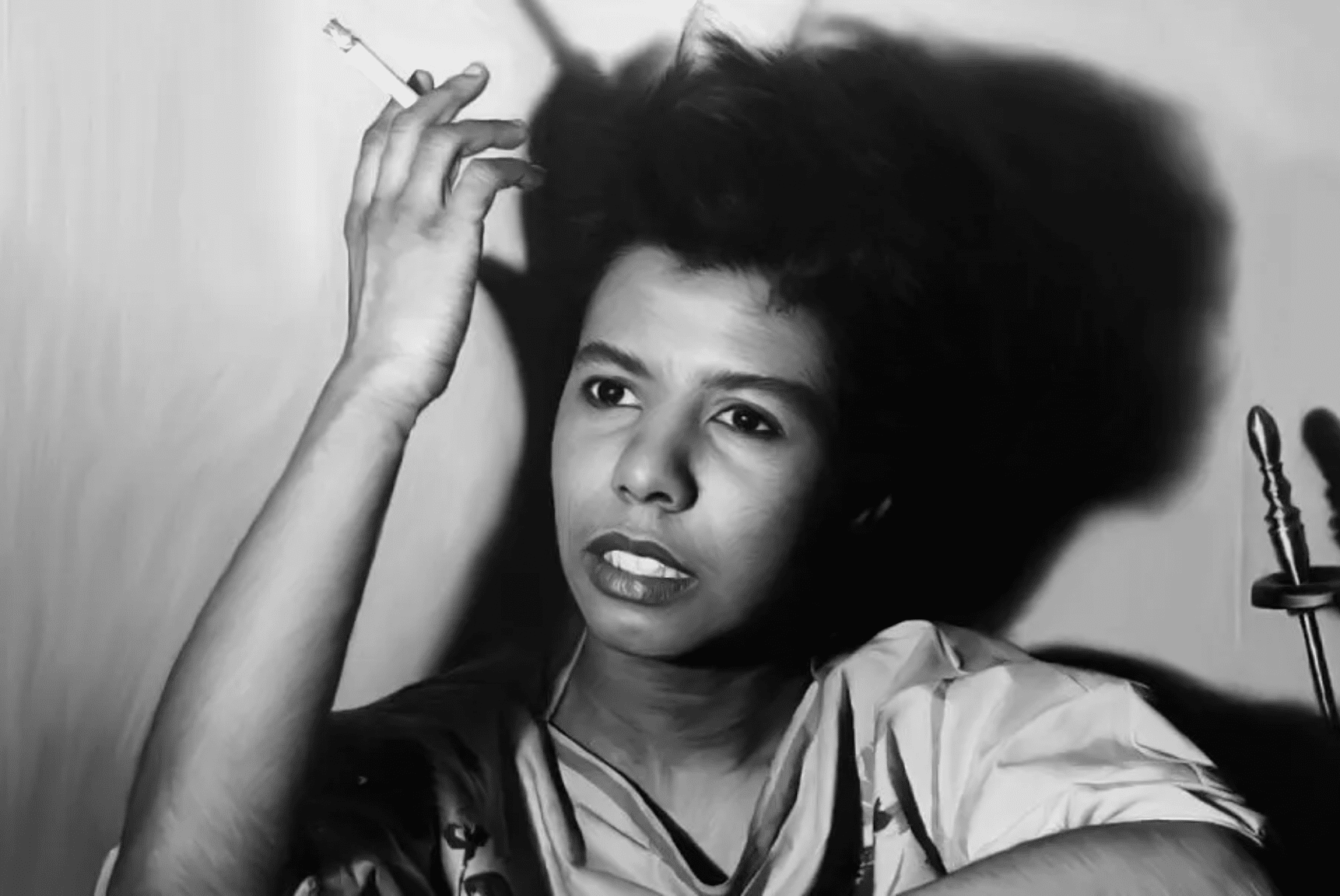A Raisin in the Sun cast a long shadow, even over its author, Lorraine Hansberry. The young Black woman’s hit play shook up the American theatre scene with its 1959 Broadway premiere, with its groundbreaking depiction of a Black family and a Black tragic hero. After that success, she continued to write plays, as well as essays that clarified her artistic and political investments. In “Stanley Gleason and the Lights That Need Not Die,” “Me Tink Me Hear Sounds in de Night,” “Dialogue With an Uncolored Egghead,” “Genet, Mailer, and the New Paternalism,” and “The Scars of the Ghetto,” she took on American democracy, theatre, and liberalism.
Her next play, though, confounded audiences when it premiered on Oct. 15, 1964 at the Longacre Theatre. Depicting a group of mostly white Greenwich Village leftists struggling with their lofty ideals and with each other, The Sign in Sidney Brustein’s Window ran for just 101 performances and has only been sporadically revived over the years. In a fortuitous coincidence, two new high-profile productions on either coast will give audiences another look at this misunderstood classic. Opening Feb. 9, Intiman Theatre and [The Feast]’s co-production will constitute the play’s Seattle debut; and previews begin this week (in advance of a Feb. 23 opening) for a starry production at Brooklyn Academy of Music, in the first major New York revival of the play.
I sat down via Zoom with Anne Kauffman, director of the BAM production; Ryan Guzzo Purcell, the artistic director of the Williams Project and director of its production; and Joi Gresham, the director and a trustee of the Lorraine Hansberry Literary Trust, to discuss whether American theatre has finally made room for a version of Hansberry and her radical vision for the world that has heretofore been all but invisible to American audiences.
